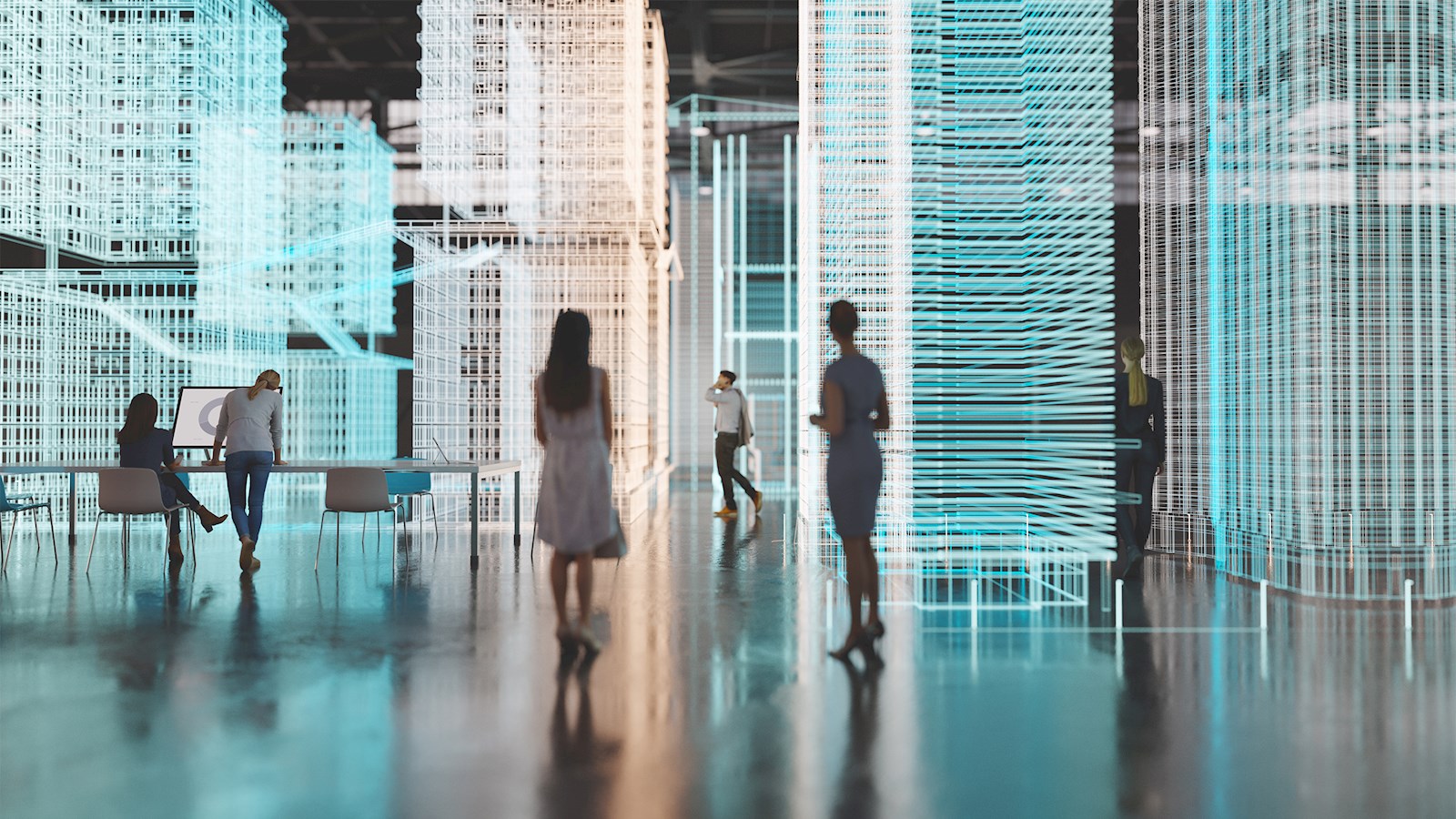
The metaverse workforce
Teleportation, holograms and roaming avatars – this isn’t sci-fi, it’s the future of work
The shift to remote work is giving rise to companies prioritising virtual environments. After all, the pandemic has demonstrated that tech is key to keeping many jobs in action.
According to a July 2021 Wunderman Thompson Data survey, 61% of global respondents agree that their livelihood depends on technology. Now tech companies are rolling out new products and experiences with a view to define what the future of work looks and feels like.
Facebook is betting big on VR futures. “By 2030, the new generations of Oculus will allow users to teleport from one place to another without moving from their couch - not only for gaming and entertainment, but also for work,” Mark Zuckerberg told The Information’s 411 podcast.
On 19 August 2021, the company introduced Horizon Workrooms - a “collaboration experience” that allows co-workers to collaborate, communicate and connect through VR. The idea is for the experience to feel as close to in-person as possible, even allowing for “lifelike” conversations.
The desire for location defying technology that provides true social presence appears to be a priority for many companies. Microsoft Mesh uses mixed reality (MR) to create interconnected worlds where the physical and digital come together.
The selling point with Microsoft’s new platform is that people in different physical locations can collaborate and work in real-time on the same project via holographic experiences across different devices.
“You can actually feel like you’re in the same place with someone sharing content or you can teleport from different mixed reality devices and be present with people even when you’re not physically together,” says Alex Kipman, Technical Fellow - Cloud and AI, Microsoft.
For those not quite ready to embrace VR or MR, there is an abundance of startups tapping into gaming mechanics to create virtual workplaces that foster collaboration and creativity.
Gather launched in May 2020, born from Zoom fatigue and the need for digital spaces that enhance natural connections. The platform aims to make virtual interactions more human.
Kumospace and Gen Z startup Branch operate in similar ways to Gather, focusing on heightening organic interactions using spatial virtual rooms that mimic physical environments. In these environments users’ avatars can roam around and experience spontaneous moments.
Efforts are also being poured into corporate events, conferences and boardroom meetings. London’s Roomkey provides 3D virtual rooms where people can socialise and network just like at a real-life event.
In July 2021, architecture companies Bjarke Ingels Group and UNStudio partnered with Squint/Opera to create the SpaceForm virtual workspace. The idea is to superpower presentations digitally to anyone, anywhere, on any device.
The way we connect, live and work is transforming as a result of the digital revolution, and a metaverse workforce is in the making. The future of work will foster a hybrid setup for many, leading with a virtual front that generates new forms of creativity, collaboration and immersion.
published on
04 October 2021
Category
More in Technology & data

How to build your brand in-game
A new research report from WPP and SuperAwesome

WPP puts itself at the heart of collaborative 3D worlds
Pixar's 3D animation file format – USD – is the invisible building block of our digital 3D future.

A clarion call for AI, accessibility & advertising
Innovating at the intersection of AI, accessibility, and advertising

